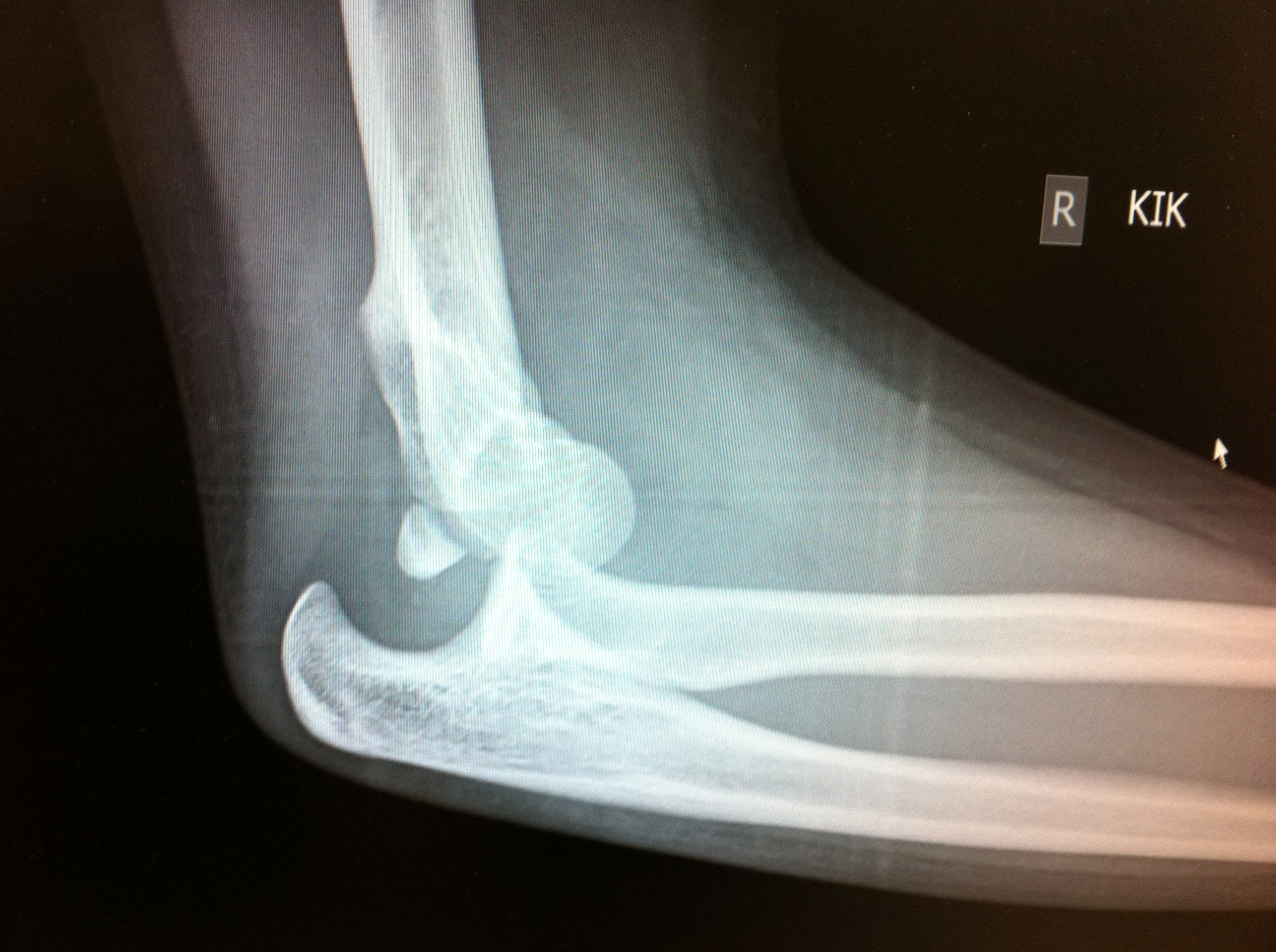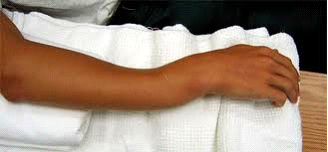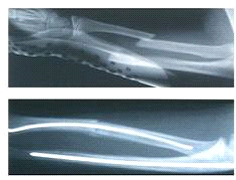Trauma Injuries & Surgery
All high velocity injuries require retrieval by ambulance to nearest hospital and therefore cannot be treated by specialist in their rooms. However, after the initial management by the emergency doctors, surgeons will often treat patients with corrective operations followed by rehabilitation. If patients require private care, they can be transported to private rehabilitation centres and followed up by surgeons in their rooms.
Low Velocity injuries such as wrist fractures, long bone fractures and children’s fractures (which can wait few days for surgery), can usually be treated by surgeons after consultation with their GPs or the emergency physicians. Mr Unni is happy to be involved in such a process, and therefore can be contacted by emergency physicians or GPs to liaise for the patient’s admission into private hospital. Patients must be aware that appropriate availability of private hospital beds for such emergency patients, along with the fitness of the patient being transferred, are two key issues which can lead to deferring this decision.
- Fractured neck of femur, which is traumatic and isolated requiring internal fixation
- Fractured shaft of femur, without any other injury in a stable patient
- Fracture in and around the knee joint, without neuro-vascular compromise
- Fractured leg bone (tibia)
- Fractured ankle
- Fractured foot (Tarsal/Metatarsal bones)
- Fractured humerus (Arm)
- Fractured Elbow
- Fractured forearm (radius, ulna)
- Fractured wrist
- Fractured scaphoid (hand bone)
- Paediatric fractures such as elbow injuries and wrist injuries and leg injuries.
Images & X Rays
-
Elbow Fracture
Elbow Fracture dislocation


Reduced and internally fixed


-
Neck Fracture
Fracture neck of femur internally fixed


-
Arm Fracture
Fractured arm bone (Humerus) internally fixed.


-
Paediatric Arm Fracture
Paediatric fracture forearm fracture internally fixed


